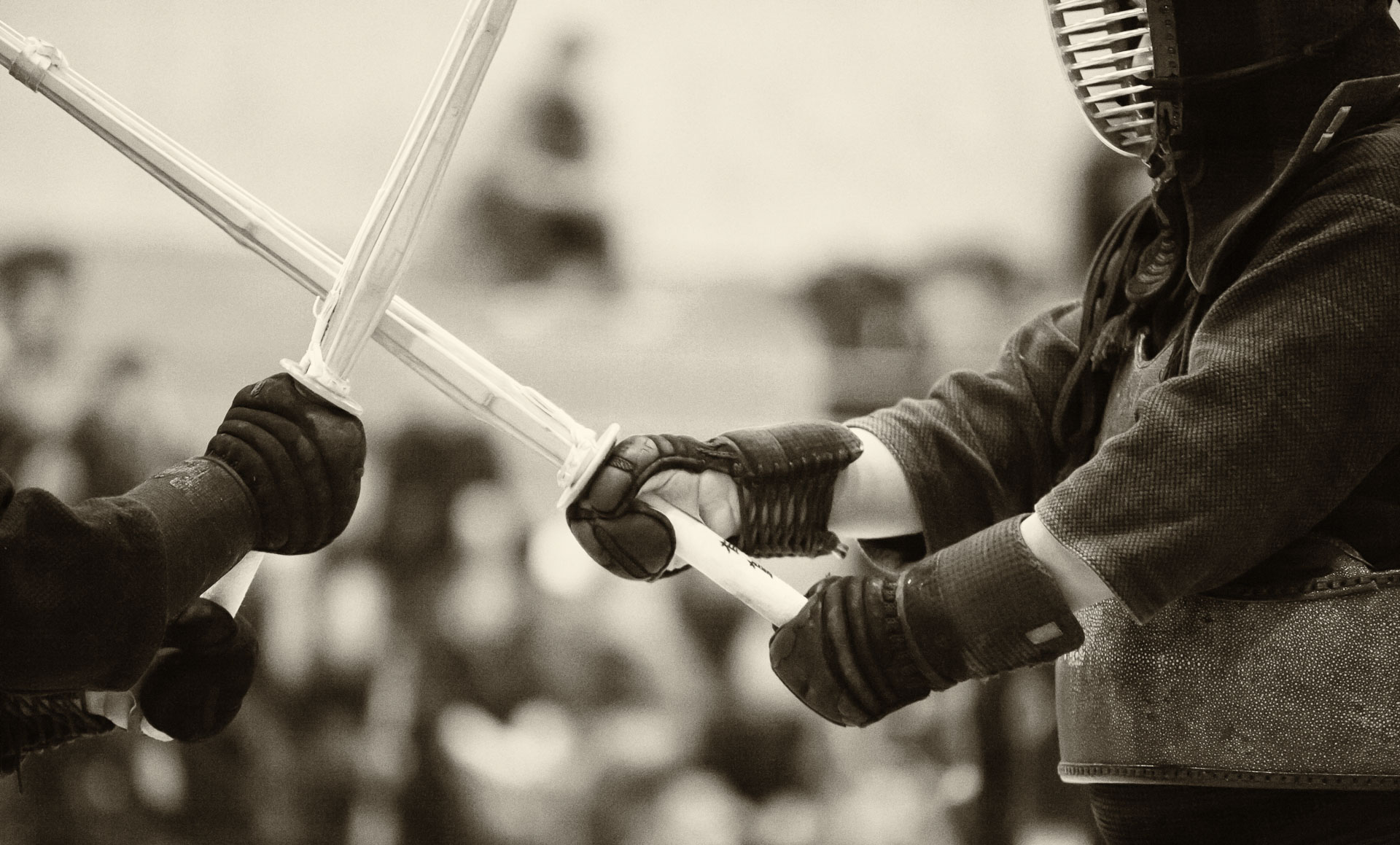
I find that if I have some experience in a particular type of photography (e.g. travel, street, studio portrait, etc.), this experience makes it more difficult for me to improve in that area than in a completely new situation. I think it has something to do with what is referred in Zen Buddhism and Japanese martial arts as shoshin (beginner’s mind) – a condition of openness and lack of preconceptions in studying a subject. The very fact of gaining experience removes this openness, as we start to project the experience to form ideas of how further learning should occur.
This lack of mental flexibility is particularly frustrating in street photography, where photo opportunities are fleeting and highly variable, which makes them easy to miss, if the photographer’s mind is locked on a preconceived idea for a particular type of shot.
Interestingly, there is a parallel between letting the preconceptions shape (and constrain) our view of the learning process and the concept of conditions that we attach even to the notion of being happy. The following quote from Albert Camus describes the latter concept:
“Those who prefer their principles over their happiness, they refuse to be happy outside the conditions they seem to have attached to their happiness.”


























